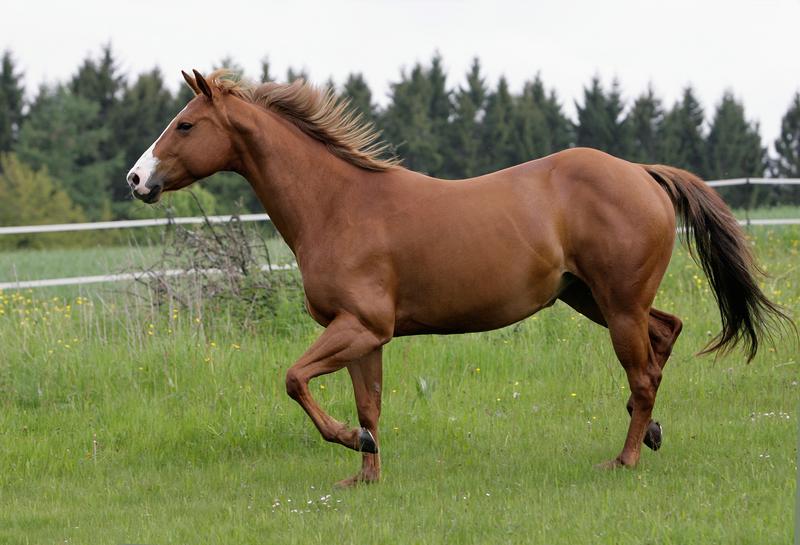-
About
- Leadership & Faculty
- News & Events
-
Academics
- Graduate
- Advanced Clinical Training
- Continuing Education
- Academic Departments
- Academic Offices
- Simulation Experiences
-
Student Life
-
Research
-
Hospitals & Clinics
- Emergency Care
- Hospital Services
-
Community Outreach
- Volunteer
Surgical Management of Kissing Spines
Kissing spines affect roughly 40% of horses. Here we review the inter-spinous ligament desmotomy (ISLD) procedure that we routinely perform to correct impinging DSPs.

Kissing spines may affect up to 40% of horses. This painful condition occurs when the dorsal spinous processes (DSPs) (the thin bones that project upward from the vertebra of the horse’s spine) are touching or “kissing”. While impingement of the DSPs may be treated conservatively, in cases where the impingement is more severe, surgical intervention may be necessary.
The inter-spinous ligament desmotomy (ISLD) procedure that is a surgical procedure routinely performed to correct impinging DSPs. At Tufts Equine Center, our Sports Medicine and Surgery Service team is highly experienced in performing these surgeries in standing sedated patients. While the prognosis is highly dependent on the individual case and severity of impingement, about 85% of horses can return to athletic activity post-operation.
In a healthy horse, the DSPs sit parallel and evenly spaced from one another. When impingement occurs, the DSPs are pulled closer together, sometimes touching. In the most severe cases, the bones may overlap. Impingement of the DSPs occur when there is increased tension or pressure on the nerve endings of the interspinous ligament. The interspinous ligament runs down the back of a horse, in between the DSPs, and attaches to the bone. This leads to involuntary muscle spasms of the horse’s back, which pull the DSPs closer together, further enhancing the problem. The cause of this condition is unknown but there may be a hereditary component. In addition, if a horse is experiencing lameness from a different source, it may affect the DSPs that were once asymptomatic. For example, if a horse has a front foot lameness, they may move with their head higher and back arched to avoid putting excess weight on their leg. The DSPs that normally do not bother the horse may become impinged due to the difference in the way the horse moves. Symptoms of impinging DSPs may include excessive spooking, bucking, hesitation when being saddled, refusing to accept contact from the bit, stopping at jumps, or just general anxiety when working under saddle.
Diagnosis
Diagnosis of kissing spines is made based on a horse’s history, physical examination findings and radiography. The use of nuclear scintigraphy (bone scan) of this region is also a very sensitive imaging tool to diagnose this inflammatory and painful condition in horses.
Treatment
While impingement of the DSPs can be treated conservatively, in cases where the impingement is more severe, surgical intervention may be necessary. The procedure that is routinely performed for the management of impinging DSPs is an inter-spinous ligament desmotomy (ISLD). Once the most active areas of impingement are identified (both radiographically and with nuclear scintigraphy), a small 1-2 cm incision is made at the site of impingement. The inter-spinous ligament between the two affected DSPs is cut, relieving the pressure and increasing the space between the DSPs. This process is repeated for all of the areas of impingement along the back. Once completed, additional radiographs are taken to ensure there is improved spacing between the DSPs. This procedure is carried out while the horse is standing, and it typically takes 30-45 minutes.
Prognosis
While the prognosis is highly dependent on the individual case and severity of impingement, about 85% of horses can return to athletic activity post-operation.
Sample Rehabilitation Schedule
Every horse is different, and every rehabilitation schedule is tailored to meet your horse’s specific needs. Below, you will find an example of a rehabilitation plan for a horse post-ISLD surgery:
- Four weeks of stall rest with walking in hand
- Four weeks of lunging in a lunging-aid system
- Recheck exam at eight weeks
For more information on this procedure or for other questions related to Kissing spines, please reach out to our Equine Sports Medicine and Surgery Service at hlasportsmedicine@tufts.edu